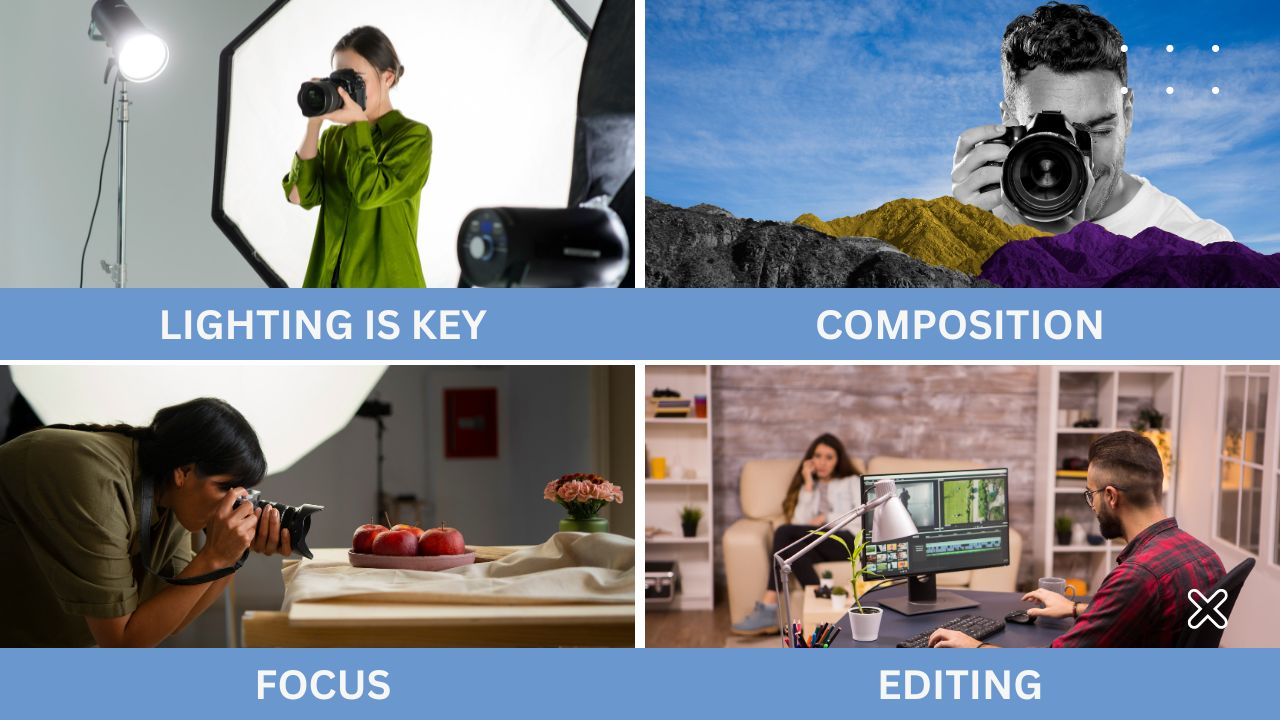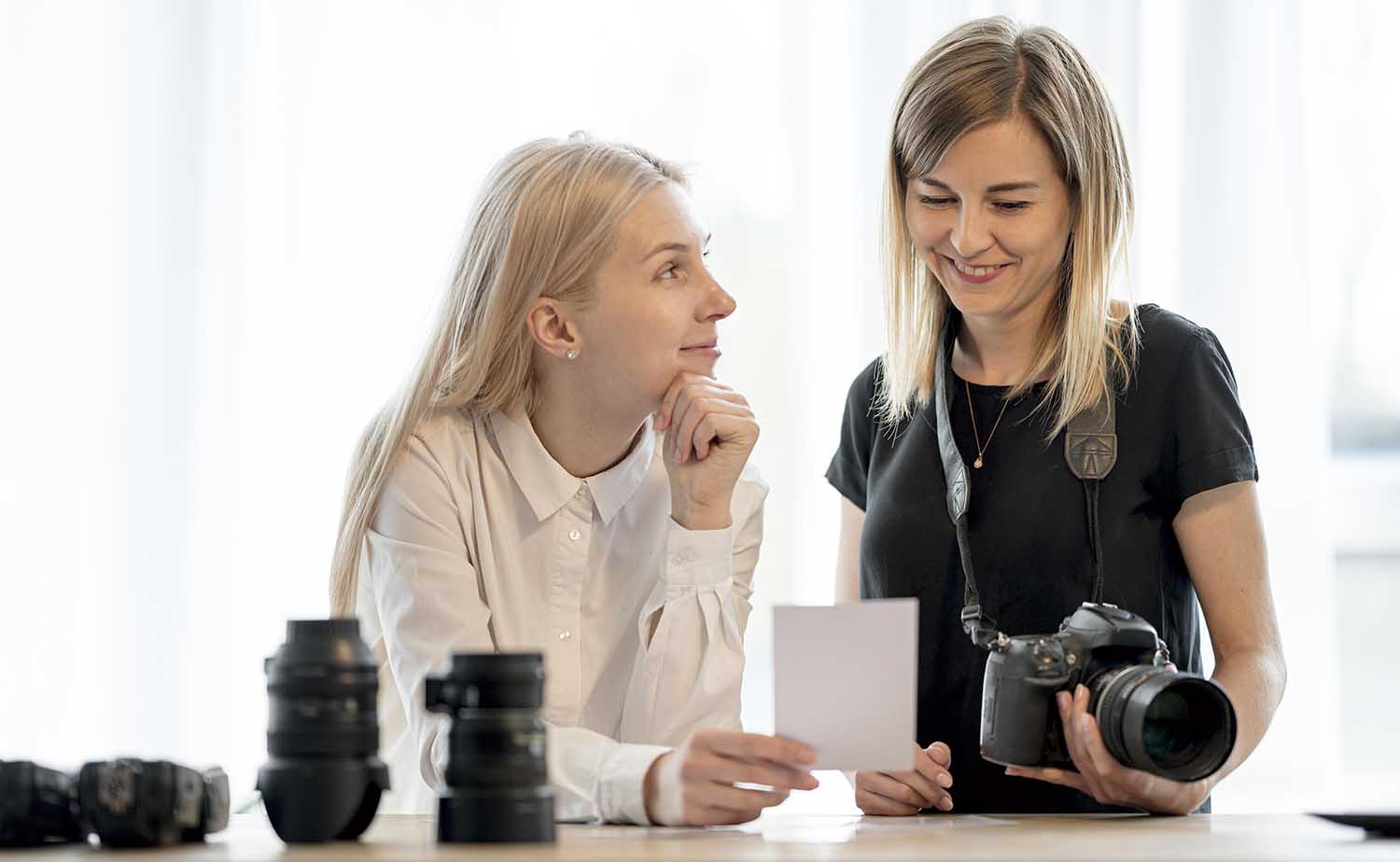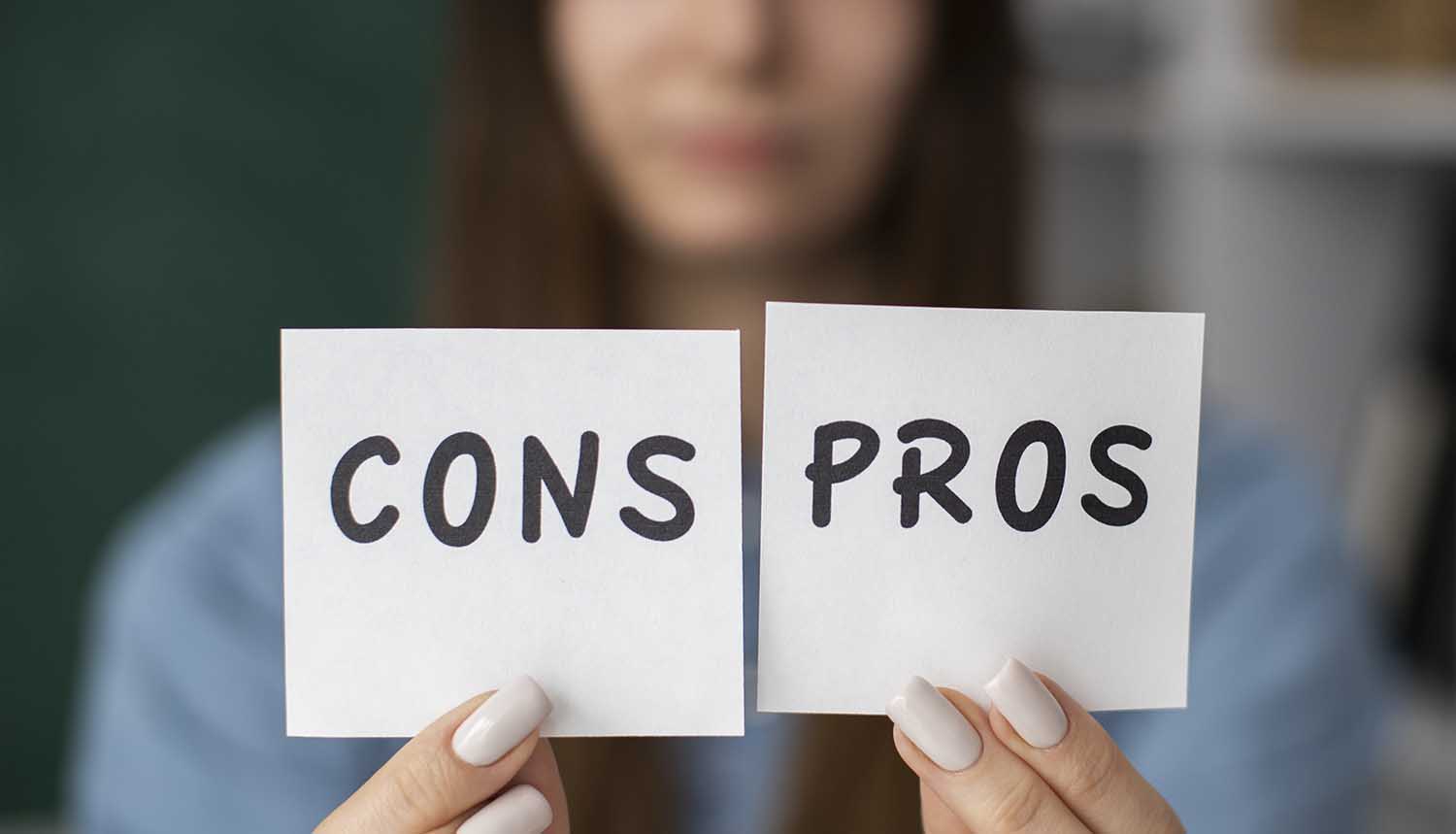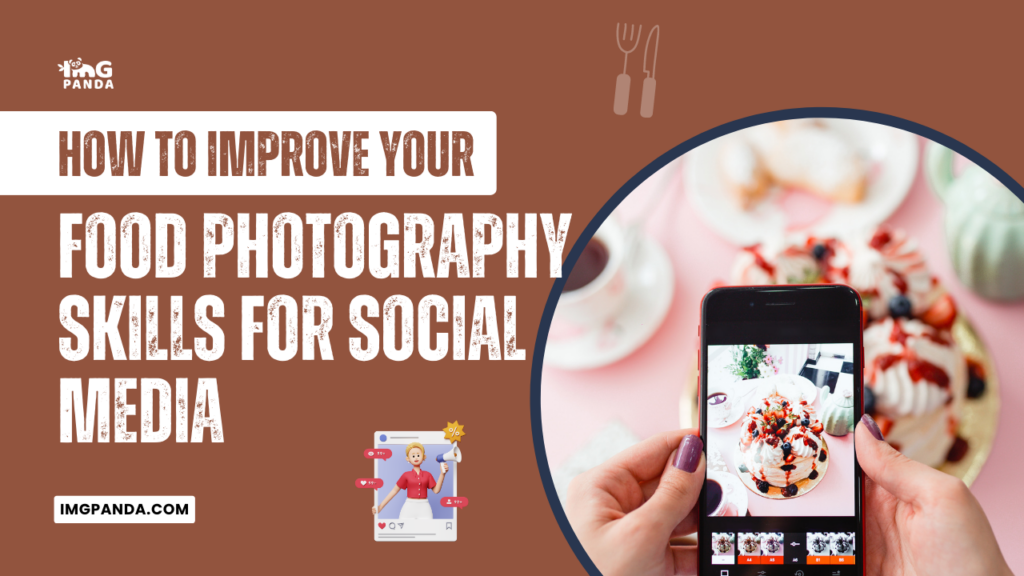Introduction
In today's social media-driven world, food photography has become an essential part of sharing our culinary experiences with friends, family, and followers. With the rise of platforms such as Instagram and Pinterest, food photography has become an art form in its own right, requiring creativity, attention to detail, and technical skills.
Whether you're a professional chef, a food blogger, or a home cook, improving your food photography skills can help you showcase your culinary creations in the most appealing and appetizing way possible. In this context, this article will provide you with some useful tips on how to improve your food photography skills for social media, helping you to capture stunning photos of your food and make your social media accounts stand out.

Also Read This: Choosing the Right Remote for Streaming YouTube TV
Lighting is Key
One of the most important factors to consider when taking photos of food is lighting. The right lighting can make all the difference in how appetizing the food looks in your photos. Ideally, you should use natural light as much as possible, as this creates a soft, flattering effect that makes the food look delicious and inviting.
Avoid using overhead lights or flash, as these can create harsh shadows and unflattering reflections. Instead, look for a spot with indirect sunlight, such as next to a window, or use diffused light by placing a white sheet or parchment paper to filter the light. By taking the time to find the right lighting for your food photos, you can elevate your images and make them more visually appealing to your followers.
Also Read This: Customize Designs with Canva Customizable Templates
Composition
Composition is another crucial aspect to consider when taking photos of food for social media. The way you arrange the food and the surrounding elements can have a significant impact on the overall look and feel of the image. Experiment with different angles, such as overhead or at eye level, to find the best perspective for your dish.
Use props and backgrounds to add interest to your photos, such as a clean plate or a wooden board as a background, and add elements such as cutlery, flowers, or herbs to enhance the photo. Consider the colors and textures of the food and how they interact with the background and props. By carefully considering the composition of your food photos, you can create images that are not only visually appealing but also tell a story about the food and the experience of eating it.
Also Read This: Say Farewell to Watermarks: Online Getty Images Watermark Remover
Focus
Achieving the right focus is essential in food photography. You want to make sure that the main subject, usually the food, is in focus and sharp. This can be easily achieved by tapping on the screen of your smartphone camera app where the food is located, which will adjust the focus and create a nice depth of field effect, where the food is sharp and the background is blurred.
This technique can help to draw attention to the food and make it the focal point of the image. Additionally, it is important to take multiple shots of the same dish at different focal lengths and angles to ensure that you capture the food in the best possible way. By paying attention to the focus in your food photos, you can ensure that your images are clear, sharp, and engaging.
Also Read This: How Long Shutterstock Takes to Review Your Photos Explained
Editing
Editing can help to enhance your food photography and make your images look even more attractive and professional. Some basic editing techniques that can help to improve your food photos include adjusting the brightness, contrast, and colors of the image. You can use photo editing apps like VSCO, Snapseed, or Lightroom to edit your photos, but it's important to use these tools with restraint.
Avoid over-editing your photos and aim to maintain the natural look and feel of the food. Also, be consistent with your editing style to create a cohesive look and feel across your social media platforms. By learning some basic editing techniques and using them to enhance your food photos, you can create images that are more visually appealing, engaging, and memorable.

Also Read This: How to Embed Vimeo in Behance
Tell a Story
One of the most compelling aspects of food photography is the ability to tell a story through your images. Your audience on social media doesn't just want to see a beautifully plated dish; they want to connect with the experience. Think about the narrative you want to convey with each photograph. Are you capturing the cozy ambiance of a rustic cafe, the excitement of a family gathering, or the elegance of a fine dining experience? Incorporate elements that reflect the mood and atmosphere you're trying to create. For instance, if you're aiming for a cozy feel, consider adding props like warm-toned tablecloths or a cup of steaming tea alongside your dish. These details not only make your photos more engaging but also help your viewers connect emotionally with your content.
Engage the Senses
Food photography is unique because it engages multiple senses, even though it primarily involves visual content. Use this to your advantage. Beyond showcasing the colors and textures of your dishes, try to evoke the aroma and taste through your images. Capturing steam rising from a freshly cooked meal or a melting scoop of ice cream can make your audience practically smell and taste the food through their screens. Adding garnishes, herbs, or sauces that are visually appealing and enhance the flavor can also elevate the sensory experience. Remember, the more you can engage your audience's senses, the more memorable and shareable your food photography will become on social media platforms. It's about making them crave not just the dish but the entire experience that comes with it.

Also Read This: Understanding Getty Images Music Payment System for Music Creators
Practice
Like any skill, improving your food photography skills takes practice. The more you experiment with different foods, settings, and lighting conditions, the better you will become at capturing stunning photos of your culinary creations. Don't be afraid to take multiple shots of the same dish until you get the perfect one, and use the feedback from your followers to fine-tune your skills.
Over time, you will develop your own style and approach to food photography, and you will become more confident in your ability to create beautiful and appetizing images for social media. So, keep practicing, experimenting, and learning new techniques, and enjoy the process of creating amazing food photos that will delight and inspire your followers. Here's a video that provides food photography tips to help enhance your skills and create better food photographs.
Also Read This: How to Upload Video from iPhone to YouTube
Pros and Cons
Pros :
- Making a pros and cons list can help you make informed decisions by providing a clear overview of the benefits and drawbacks of a particular course of action.
- It can help you evaluate the potential outcomes of a decision and determine the likelihood of success.
- Writing down pros and cons can help you organize your thoughts and clarify your priorities.
Cons:
- A pros and cons list can be overly simplistic and may not capture the full complexity of a situation or decision.
- It can be difficult to quantify and compare different pros and cons, making it challenging to weigh them accurately.
- Focusing too much on the negatives can create a sense of indecision or paralysis, making it challenging to make a final decision.

Also Read This: How Getting Paid for Shutterstock Works and What to Expect
Conclusion
In conclusion, food photography is a popular and effective way to showcase your meals on social media platforms. By using natural light, experimenting with angles and composition, focusing on details, using props, editing your photos, and practicing regularly, you can improve your food photography skills and create stunning images that engage and inspire your audience. Remember that food photography is not just about taking a picture of your meal, it's also about telling a story and capturing the essence of the food you are showcasing. With time and effort, you can develop your own unique style and create a strong online presence with your food photography.
FAQ
What is the best lighting for food photography?
The best lighting for food photography is natural light. Avoid using artificial light as it can make the food look unnatural and unappetizing.
What are some common angles for food photography?
Common angles for food photography include overhead shots, straight-on shots, and close-ups.
How can I improve the composition of my food photos?
Consider the rule of thirds when composing your shots. Place the food in the foreground and use the background to add context or tell a story.
What details should I focus on in my food photos?
Pay attention to the details of the food, such as the texture, color, and shape. This will make your photos more interesting and engaging.
How can I add interest to my food photos?
Use props like plates, utensils, and napkins to add interest and texture to your photos.
What software can I use to edit my food photos?
You can use editing software like Adobe Lightroom or VSCO to enhance your photos. Adjust the brightness, contrast, and color to make your photos pop.
How can I practice my food photography skills?
Take photos of your meals every day and experiment with different techniques and styles. The more you practice, the better you will become.
